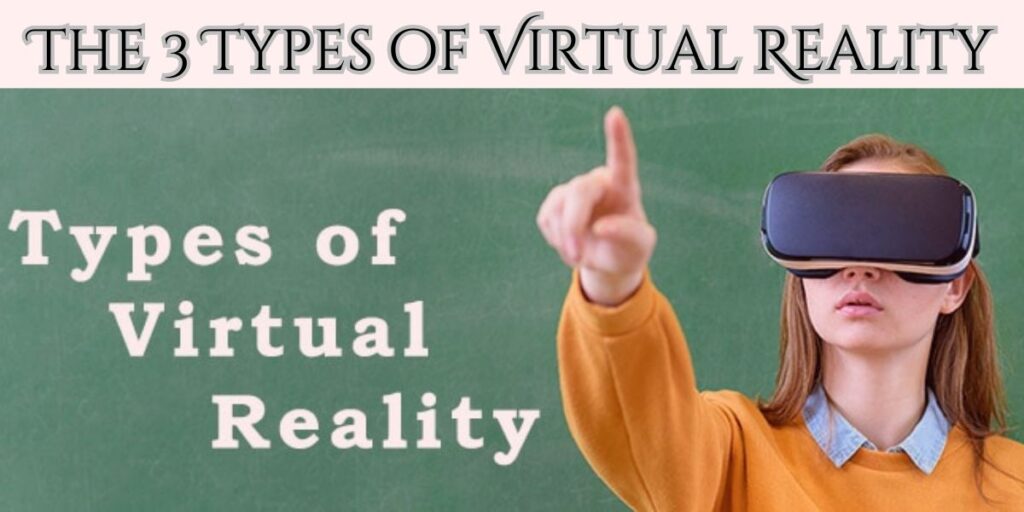In the modern era of technological innovation, the term “Virtual Reality” (VR) has become increasingly prominent. But what exactly does VR mean? What is it used for? And most importantly, which VR experiences are worth investing in? Let’s delve into this immersive world to uncover its intricacies.
What VR Means:
At its core, Virtual Reality refers to a simulated experience similar to or completely different from the real world. It immerses users in a digital environment, often through specialized equipment such as VR headsets and controllers. The goal is to create an interactive and immersive sensory experience, where users feel as though they are physically present in the virtual environment.
What is Virtual Reality Used For?
Virtual Reality has a wide range of applications across various industries. In gaming, VR offers unparalleled immersion, allowing players to step into the shoes of their favorite characters and explore fantastical worlds. Beyond entertainment, VR is revolutionizing industries such as healthcare, where it’s used for training medical professionals, treating phobias, and even aiding in therapy sessions. Architectural firms utilize VR to create immersive walkthroughs of buildings before they are constructed, while automotive companies use it for virtual prototyping and design evaluation. From tourism education, VR is transforming the way we experience and interact with the world around us.
What is Virtual Reality?
Virtual Reality is a computer-generated simulation of an environment that can be interacted with in a seemingly real or physical way by a person using special electronic equipment, such as a headset with a screen inside or gloves fitted with sensors. This immersive technology often involves the use of three-dimensional images, sounds, and other sensations to create a sense of presence in the virtual environment.
What VR is Worth Buying?
With the proliferation of VR technology, choosing the right headset can be daunting. Factors to consider include the quality of the display, the level of immersion offered, comfort, ease of use, and available content. Some of the top contenders in the VR market include the Oculus Rift S, HTC Vive Cosmos, and PlayStation VR. Each of these platforms offers unique features and experiences, catering to different preferences and budgets. Ultimately, the best VR headset for you will depend on your specific needs and preferences.
Who Invented VR?
The concept of Virtual Reality traces its roots back to the mid-20th century. While there were several early pioneers in the field, one of the most notable figures is Ivan Sutherland. Who is often credited with creating the first VR head-mounted display in 1968? Since then, countless innovators and researchers have contributed to the development of VR technology. Pushing the boundaries of what is possible in virtual environments.
The 3 Types of Virtual Reality:
Virtual Reality can be categorized into three main types based on the level of immersion and interactivity they offer:
Non-immersive VR:
This type of VR involves viewing a computer-generated environment on a traditional screen, such as a computer monitor or TV. Users interact with the virtual environment using input devices like a mouse or keyboard. Non-immersive VR is often used for training simulations and educational purposes.
Semi-immersive VR:
Semi-immersive VR provides a more immersive experience than non-immersive VR but falls short of full immersion. Users typically wear head-mounted displays (HMDs) that cover their eyes and ears, allowing them to feel more present in the virtual environment. However, they may still be aware of their physical surroundings to some extent.
Fully immersive VR:
Fully immersive VR offers the highest level of immersion, completely transporting users to virtual worlds that feel indistinguishable from reality. This type of VR typically involves wearing advanced HMDs that track head movements and hand gestures, allowing for a more natural and immersive experience. Fully immersive VR is commonly used in gaming, simulations, and virtual training environments.
Conclusion:
In conclusion, Virtual Reality is a transformative technology with endless possibilities. Whether you’re a gamer looking for the ultimate immersive experience, a healthcare professional seeking innovative training solutions, or an architect visualizing future designs, VR has something to offer. As technology evolves, we can expect even more exciting applications and experiences to emerge, further blurring the lines between the real and the virtual.




